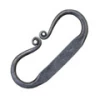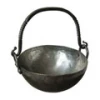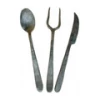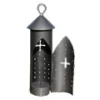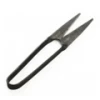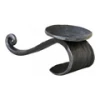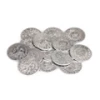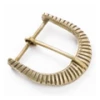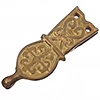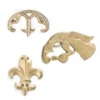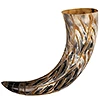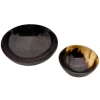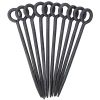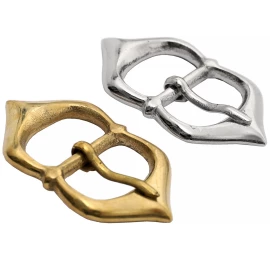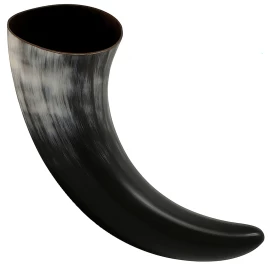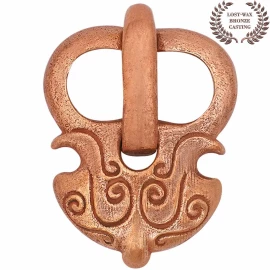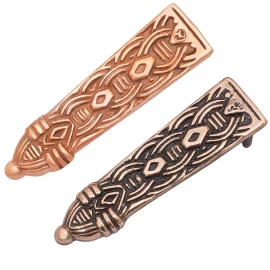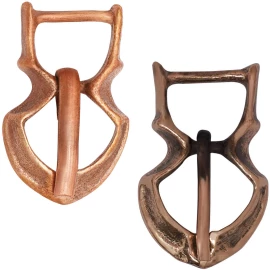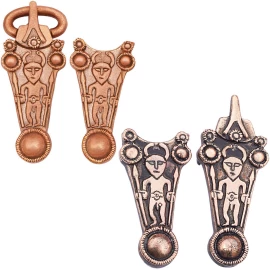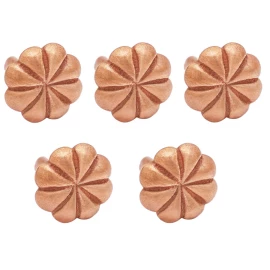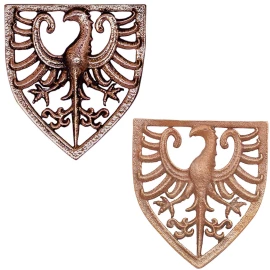
Forged items
You will find a selection of works forged from iron in this category (called Hand-forged products). Many interesting articles are offered to you here. Your attention can attract cutleries, caldrons, scissors, lanterns, fire-steels, old coins replicas or other hand-forged items of applied art. These products are inspired by the ancient and recent history.
Filter products
Forged items
People have already learned to process iron in the 3rd millennium BC. Forged items intended for the daily needs started to be produced in Asia in the 12th century BC. Iron has all-purpose utilization. Forged railings, gates, furniture, jewelleries, craft tools and weapons - these all are made from iron.
Blacksmiths always used to have a special social status, because they were able to work the fire. People even thought that blacksmiths mastered a kind of magic in the La Tene period. Blacksmithery became a handicraft in the Middle Ages. Blacksmithery reached its height in the baroque period. Baroque artistic blacksmiths excelled especially in France. Beautiful forged decorative elements were created in parks, on balconies, in courtyards. Forged knockers, keys, locks, etc. were made too. Forged items are significant in the Louvre and Versailles.
We would like to offer beautiful hand-forged items of this dying-out craft here. Some forged products are created by Czech blacksmiths, other are imported from abroad. All products have been structured in special categories, like hand-forged fire steels, caldrons and camp tableware, cutleries, candle lanterns, scissors, practical artworks, old coins replicas, strap ends, belt buckles, etc.

